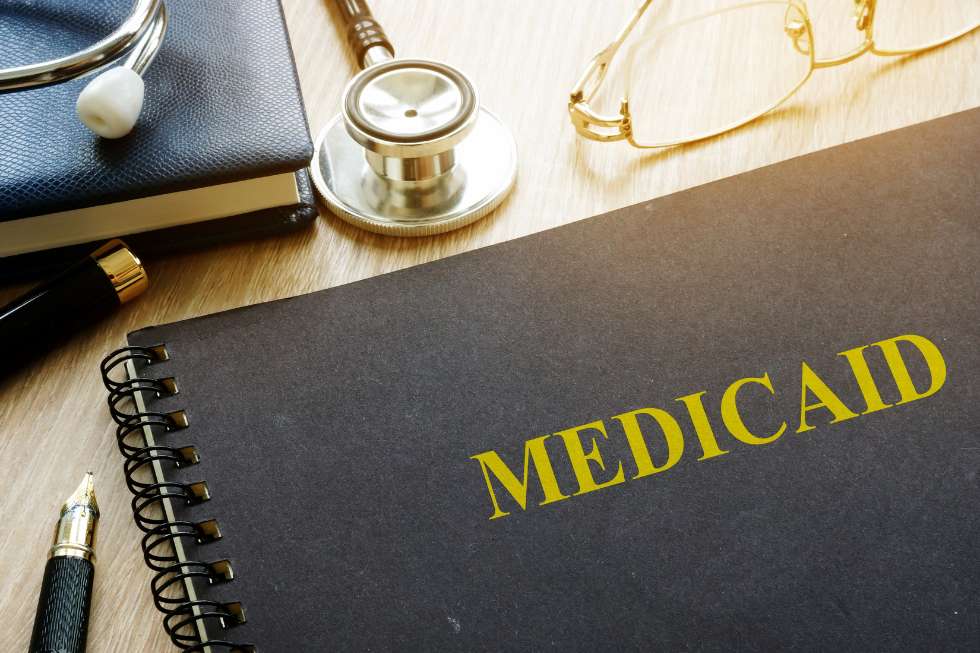Medicaid Spend Down NY: What You Need to Know to Qualify for Assistance

Trying to get health coverage through New York State’s Medicaid program but make just a little too much money to qualify? You might still be able to get the care you need through Medicaid Spend Down.
This program lets you use your high medical bills to essentially “discount” your income so you meet Medicaid eligibility levels. If you have health issues but not a lot of spare cash, Spend Down acts as a handy workaround.
Qualifying for Medicaid Spend Down can still prove confusing, with all the bureaucratic hoops to jump through. But this guide breaks down exactly how New York’s Excess Income program works and what you need to do to enroll.
What is Medicaid Spend Down in NY?
In NY, the Medicaid Excess Income Program, often referred to as “Medicaid Spend Down” in other states, allows people with high medical bills to qualify for Medicaid coverage even if their income is above the usual Medicaid limits.
Here’s how it works – let’s say Medicaid’s income cutoff in your state is $1,000 per month. If you make $1,600 per month, you’d normally be over the limit to qualify for Medicaid. But if you have at least $600 per month in medical bills, those bills can be used to “spend down” your excess income to the Medicaid eligibility limits.
This makes you eligible for Medicaid coverage after you’ve paid the portion of your medical costs equal to your “excess” income.
Why Medicaid Spend Down Exists
Medicaid is a needs-based program intended to provide health coverage to low-income Americans.
In New York, standard Medicaid eligibility is limited to those with very minimal incomes, such as:
- Certain seniors
- People with disabilities
- Parents with dependent children
The income cutoffs are strict by design, allowing Medicaid to target Americans in greatest financial need.
However, Medicaid recognized that moderate-income individuals can also face significant medical expenses. A health crisis or long-term care requirements can quickly deplete the resources of those above the very lowest income brackets. To provide a safety net for a broader group of vulnerable New Yorkers, the concept of “spend down” was implemented.
Spend down permits those with incomes exceeding the Medicaid limits to qualify for coverage by offsetting excess income with accrued medical bills. In essence, it expands Medicaid eligibility to middle-income New Yorkers experiencing health-related financial hardship. By documenting medical costs that reduce surplus monthly income to Medicaid levels, many more families can be protected.
Who Qualifies for the NY Medicaid Excess Income Program?
You may be able to participate in the Excess Income program if you are:
- Under age 21
- Age 65 or older
- Certified blind
- Certified disabled
- Pregnant
- A parent of a child under age 21
This allows you to become eligible for Medicaid even though your monthly income is over the regular Medicaid limits.
How is Excess Income Calculated?
Your Medicaid caseworker will determine the exact excess income amount each month. This is done by:
- Taking your gross monthly income
- Subtracting any allowable deductions:
a. For disabled, blind, or over age 65 – deductions include Medicare premiums, medical bills, prescription costsb. For those under 21, pregnant, or parents – deductions may include childcare, etc. - Comparing remaining income to the Medicaid income limit.
Any income exceeding the Medicaid limit is your monthly excess income amount.
What Bills Can I Use Towards My Excess Income Amount?
You have lots of flexibility when it comes to submitting medical bills to meet your monthly excess income deductible.
In general, the medical costs that qualify include:
- Doctor, dental, clinic, eye exam, lab test, prescription drug costs
- Transportation to/from medical appointments
- Therapists, nurses, and home health aides ordered by a doctor
- Insurance copays, deductibles, premiums
- Medical equipment, supplies, prosthetics
- Over-the-counter drugs, if prescribed
- Costs paid by programs like EPIC or ADAP
- Chiropractor or other non-Medicaid covered care
One thing to note is that the medical bills you submit towards your excess income do not need to be paid. As soon as your doctor bills you for a service, that expense counts, even if you never pay.
Here’s how to use paid, unpaid, and family member’s medical bills in your application.
Using Past Unpaid Medical Bills
Got unpaid medical bills from years ago that you still technically “owe” money on? Good news – no matter how old, you can use those bills towards your excess income as long as your medical provider can still legally come after you for payment.
So don’t be shy about submitting medical bills that have been gathering dust for ages as long as that medical debt is still viable. These unpaid bills can be submitted again and again in future months, too.
Using Past Paid Medical Bills
Medical bills you already paid may also be used if the services were provided and paid for within the three calendar months before you applied for Medicaid with excess income. They can meet up to 6 months of excess income starting from the application month.
Using Family Members’ Bills
You don’t have to stick to just your own medical expenses, either. You can submit medical bills for a whole range of family members, including:
- Your spouse
- Children under 21
- Children you provide medical support for
- Your parent(s) if you’re under 21
So, your kid’s latest doctor’s visit or your spouse’s prescription costs can help you meet that monthly threshold.
How to Get Medicaid Through The Excess Income Program
Getting Medicaid coverage through the Excess Income program takes a few steps, but it provides a crucial healthcare safety net.
First, contact your local Medicaid office to enroll in Excess Income Medicaid. You’ll get a notice with your specific monthly excess income amount – that’s the “deductible” you must meet.
There are two options to meet your deductible:
Using Medical Bills for One Month Coverage
For Medicaid outpatient coverage on a month-to-month basis:
- Submit medical bills equal to one month of your excess income
- Bills can be paid or unpaid for doctor visits, meds, medical supplies
- Submit new bills monthly for continued coverage
- Can also get some long-term community care services
Great for sporadic or one-time medical expenses. Submit just enough bills to cover that month’s care.
Using 6 Months of Medical Bills for Extended Coverage
For longer-term inpatient + outpatient coverage:
- Submit 6 months total of medical bills upfront
- Bills can be paid or unpaid for any medical service
- Get 6 months of full Medicaid coverage, including hospital stays
Perfect if you know you need inpatient care or have mounting expenses. The deductible is higher, but coverage lasts longer.
How Can a Medicaid Planning Attorney Help?
Trying to understand Medicaid eligibility on your own can be frustrating. Many turn to Medicaid planning attorneys for help navigating Excess Income and other allowances. Their expertise can prove invaluable in securing the coverage you need. The right planning often yields far more Medicaid benefits over time.
Rather than struggling alone only to hit roadblocks mid-way, consult an attorney first to map out a streamlined path to approval. The investment on the front end pays dividends when it secures you the essential coverage you need.
Contact Our NY Medicaid Planning Attorney Today
At The Browne Firm, our attorneys have guided countless New York families through Medicaid spending. We are intimately familiar with both the regulatory process and the human side – easing confusion and hardship as loved ones work to access critical care.
If you have questions on Medicaid spend-down eligibility, required expenses, or any step of the process, please reach out. Our experienced team is here to help support your journey and clarify this route to Medicaid coverage. Contact us today to discuss your specific situation.
